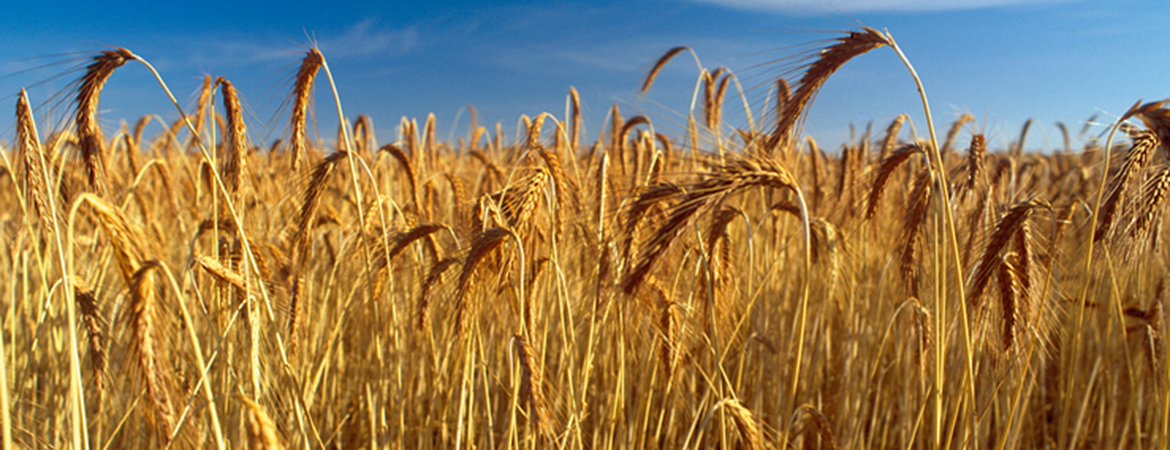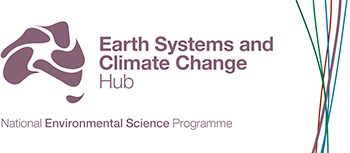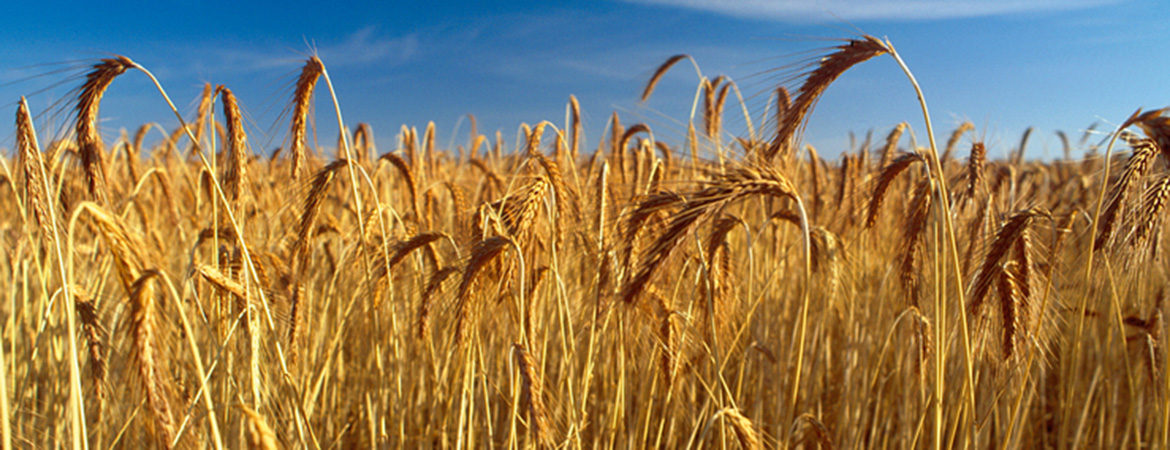 The challenge
The challenge
Australia’s primary industries provide quality food and resources that contribute to our health and wellbeing, and to our economy. Our unique and varied ecosystems have intrinsic value and provide essential ecosystem services.
In a changing climate primary industries and the environment are vulnerable to rising temperature, changes in rainfall, more frequent and severe extreme events, rising sea levels and temperatures, and ocean acidification.
 How the ESCC Hub is meeting the challenge
How the ESCC Hub is meeting the challenge
Improving our ability to provide multi-year to multi-decadal climate information will provide primary producers, resource managers and ecosystem managers with information at the timescales needed for effective decision making and planning.

